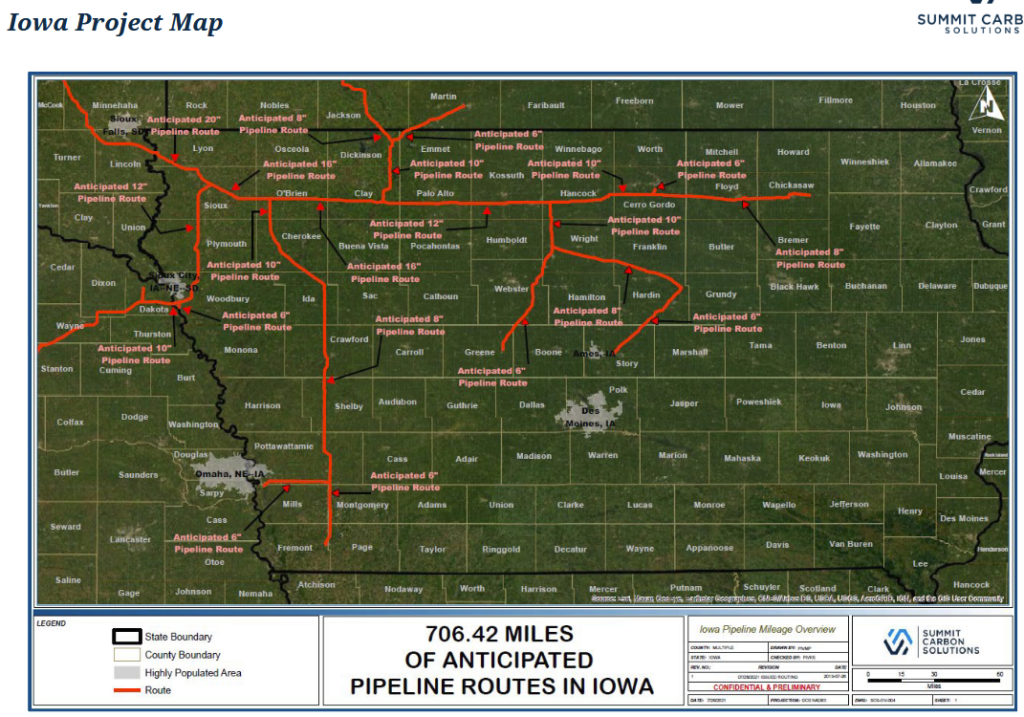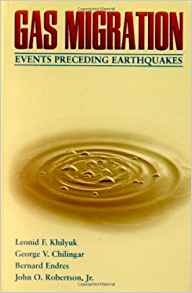2021 Biennial Xmsn Projects Report
November 2nd, 2021

It’s that time of the year, errrrrr, it’s that time of every other year… time for the Minnesota Transmission Owners:
It’s filed in Minnesota Public Utilities Commission Docket M-21-111.
The Biennial Transmission Projects Report is required by statute, but there are no longer public meetings, and I must admit, I had pushed and promoted a lot initially, but ran out of time and energy for such a … ahem… waste of time. See Minn. Stat. §216B.2425 for how it’s supposed to go.
If history is any guide, it seems Initial Comments are about a month and a half out, mid-January, with Reply Comments another month and a half out, so mid-March. I’ll put it on the calendar and send a reminder around.
There’s nothing really exciting that I see, at first glance, but I did enjoy seeing the NERC Report excerpts. Last time they included the NERC Reliability as a separate filing, this time they included excerpts at the tail end of the report, above.
Here’s the full NERC Report — it comes out every year, and has a great assortment of important info, about reliability margins, load forecasts, and predictions of generation mix for energy and peak demand. I LOVE THE NERC REPORT!! Here’s the most recent ones — they used to come out in October, now it’s December:
NERC 2020 Long-Term Reliability Assessment
This is how reliability was defined in the transmission world decades ago, circa 1999 NERC Long-Term Reliability Assessment:

Keep in mind that now transmission is no longer about reliability — it’s about economics, so it’s a very different type of evaluation.
Who cares about the NERC Report? Over the decades, the NERC reports have looked at the various areas of the country, based on the grid’s organization, and it evaluates the system’s ability to provide electricity. What I like about it, though, is that the charts, graphs, circles, and arrows belie the party line, like all the talk about decreasing coal and fossil fuel generation, but look at projections for MISO:

Here’s the chart for MISO — the devil is in the details — look at the predominance of fossil fuel:

Remember how the utilities were blathering about the NEED for transmission, and that the transmission build-out would decrease need and reliance on reserve margin — at that time, MISO reserve margin was 15%.
They got their billions in transmission and we’re paying them way too much for it, and look at the reserve margin, the last line in that chart:
18%
Oh, well… I must have misunderstood… SNORT!
And yeah, the purpose of that big transmission build-out morphed into “IT’S FOR WIND!” yet remember, the CapX 2020 lines start at the coal plants and head east:

And the MISO MVP 17 Portfolio of projects supporting coal:

It’s exhausting, dizzying, seeing these scams spinning through, and yet here we go with “Grid North Partners.” Just NO!
Again, there will be opportunity for Initial and Reply Comments, expect Notice in a couple weeks, with Initial Comments probably due in mid-January. So later… in the meantime, look at the NERC report and compare with all the blather you’re hearing, particularly with COP26 in the works.
CO2 Capture Pipeline? Just NO!
November 2nd, 2021

Summit Carbon Solutions, LLC is looking to build billions in pipelines, ostensibly to ship CO2 out of state.
Here’s another map, from the “Presentation-Materials” below — look how far into Minnesota it goes from the south, and even from the west:

Yeah, right. Great idea… NOT! Whether it gets built or not, for sure they’re working to get federal grants and loans! Here’s their plan, the handout and presentation from recent Iowa meetings, and after the Iowa meetings, it’s open season, they can file a project proposal with the Iowa Utilities Board at any time:
I fired off this missive to the Iowa Utilities Board:

To look at the IUB’s Summit Carbon Solutions pipeline docket, go HERE, and in that press release, click on the link for Docket No. HLP-2021-0001 and click on the left side the “FILINGS” and there you’ll find a LOT to read! These two studies are among the filings — issues and risks are not new, but here’s a few new studies, newer than what we had back in the Mesaba Project days:
I cannot believe that anyone would regard this as a feasible concept, but what with the millions being shoveled at toadies like Great Plains Institute to promote CO2 capture and storage (nevermind it just isn’t a thing), it’s no surprise:

I guess they can’t read:

We learned a LOT about CO2 capture and storage during the years of Excelsior Energy’s Mesaba Project. CO2 capture is absurdly expensive to capture even a little CO2, and most cannot be captured. And then what? For the Mesaba project, the “plan” they offered captured a tiny amount and then took it to the plant gate — and then what? Who knows, nothing further was disclosed other than a map showing allegedly suitable sites, but no, there was nothing real. This map:

Their plan? Read it and guffaw, snort, hoot and holler:
And Excelsior Energy’s press release:
And check this, about CO2 leaks:
Some other info:
Now remember, when we’re talking about Carbon Capture and Sequestration, there are three distinct parts:
1) Capture (this has been focus of industry studies)
2) Transport
– $60k/inch/mile = $1,080,000/mi for 18″ pipe
– Repressurization stations along the way
3) Sequestration ($3-10/ton, per Sally M. Benson)
And this is all old news:
CO2 pipelines? It’s a red herring!
Do we really need to go through this again??
And some more old news:
Economic Modeling of Carbon Capture and Sequestration Technology
Hydro & Geological Monitoring of CO2 Sequestration Pilot
Electricity without CO2 – Assessing the Costs of CO2 Capture and Sequestration
Geologic Carbon Dioxide Sequestration – Site Evaluation to Implementaion